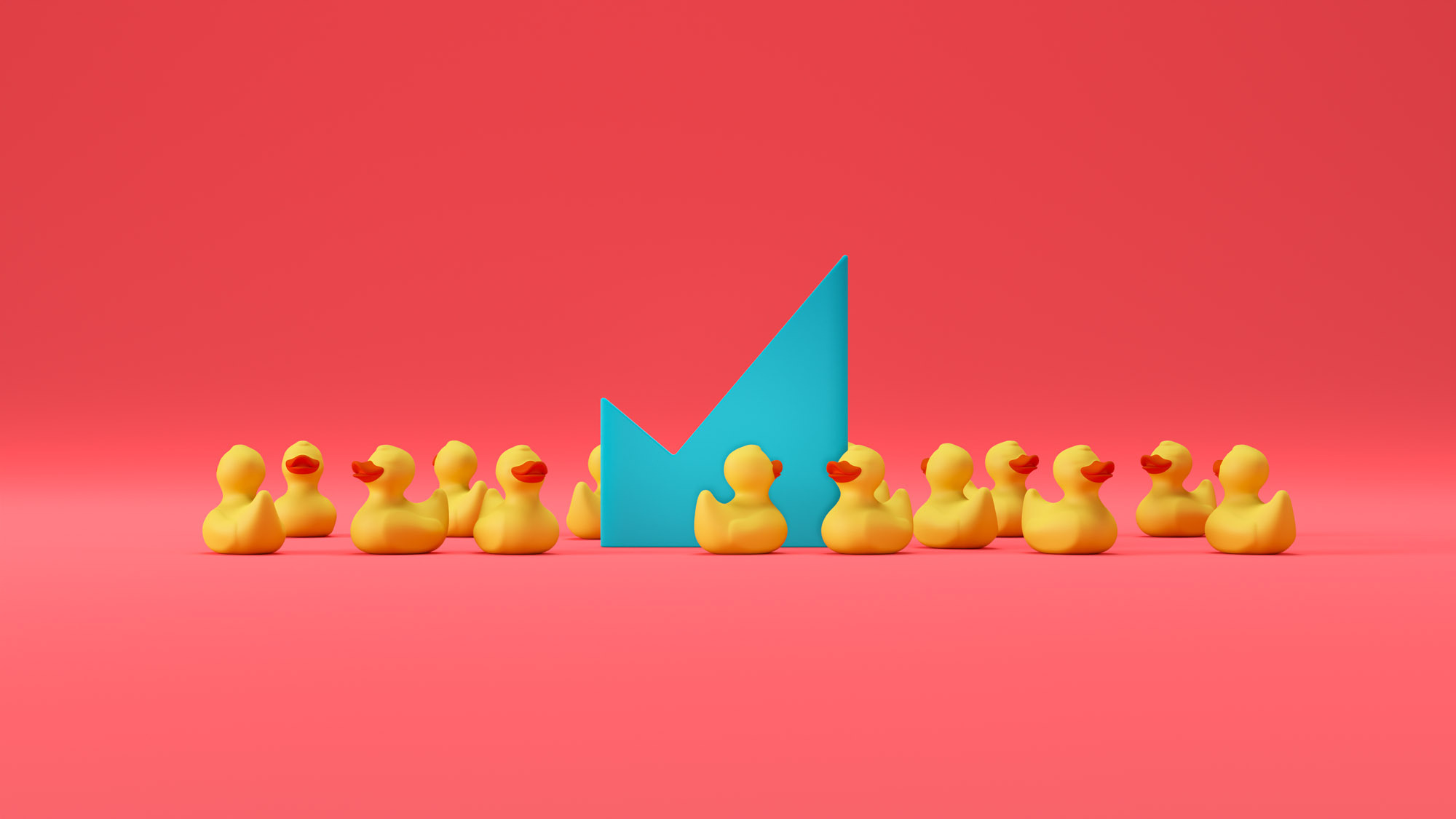People often stop me in the street and ask, ‘what makes the world of B2B marketing so glamorous?’ And I always say, ‘it’s because we’re pioneers, prospecting in new markets, finding new and unusual ways to attract new customers for our brands’.
‘That sounds like fun!’ these B2B marketing fans enthuse. ‘What happens to the customers once you’ve got them on board?’
‘To the, sorry, what…? Oh them! They’re old news! We’re off looking for more prospects!’And there’s the problem. We’re hardwired to like new stuff. That’s why I put it in the title. A new-born baby will stare at an image for an average of just 41 seconds before becoming bored and tuning out on repeated showings1. Being curious about new things has helped us survive as a race. More important than doing good marketing some might say. (Idiots!)
Hot new things
Our love of the new at the expense of the old or familiar means we’re sitting with our backs to a potential gold mine panning for gold. Sure, we all know keeping an existing customer is cheaper than getting a new customer, in the same way we know QR codes are more trouble than they’re worth and ABM was the hot new thing back in the 1800s. We just push it to the back of our minds as we invest in predictive analytics, marketing automation and intent data to find prospects that are brand-spanking new.
What if we turned our skills and focus inward? Segmented our customer base the way we do our prospects, around pain points and psychological drivers? Worked with account teams to map activities against key product cycle milestones and contract renewal dates? Identified typical second- and third-deal patterns and used our fancy analytics to focus our comms plans to optimise cross sell and upsell? Implemented targeted, methodical advocacy programmes to nurture our best and most engaged customers?
Getting to sleep at night
You might not choose to go as far as Time Etc – which is focusing 70% of its budget on customer-retention-focused messaging and content3. But if you split your acquisition-versus-customer marketing budget more proportionately in line with potential ROI, you might find that pipeline gap that’s been keeping you awake at night starts closing quicker than expected.
Yes, it’ll be hard work. You’ll have to get a raft of customer-focused teams on board. Systems and KPIs will need to be tailored to internal tracking. When the CEO wants a vanity advert in an airport you’ll have to explain you made the foolhardy decision to invest where you saw the most revenue potential instead.
But you’re a B2B marketer, you can do it. Just start small: baby steps.
Download our guide: ‘From “hello” to “please don’t go”: why lifecycle marketing is vital in B2B’





